Category: used construction machines、 Recycling Equipment、 excavator、 GRINDER、 screen、 soil-recycling、 wheel loader、 road equpment、 aerial platform、 demolition、 auction、 export、 dozer、 crusher、 forestry
Chukyo Juki Official Blog
2020 03.17
Category: used construction machines、 Recycling Equipment、 excavator、 GRINDER、 screen、 soil-recycling、 wheel loader、 road equpment、 aerial platform、 demolition、 auction、 export、 dozer、 crusher、 forestry

Screen is a machine that sifts and sorts waste soil from construction sites into building materials. The sites include demolition sites where surplus soil such as scrapped debris is generated, construction sites where surplus soil is generated, mines where minerals are mined, and waste treatment plants that handle a large amount of mixed waste. There are two types of screens, the stationary type and the mobile type. If the amount of processing is large, a stationary type built as a plant is often used. On the other hand, a mobile screen can move, so you can move to another site after the construction period. It also has the advantage of reducing the transportation cost between the site where the surplus soil is generated and the site where the soil is sorted by immediately sorting and commercializing it. Chukyo-juki has many used machines with self-propelled screens like this.
Rotary type and Vibration type.
Self-propelled screens can be further classified into "rotary type" and "vibration type". The rotary type is a type in which an input falls off from the mesh of a cylindrical mesh or a pendulum which causes vibration, as it rotates, and it is sieved. Vibration type is a type in which an input is placed on a flat screen or net and vibrated by hydraulic power to sieve.
" Mobile vibrating screen" are categorized by screen geometry.
"Mesh Type" is the most common vibrating screen, with a mesh deck that sifts through the input. Because the input is dropped directly into the net, if it contains rocks or large stones, the mesh to be sieved is likely to break, so you should be careful when you are opening.
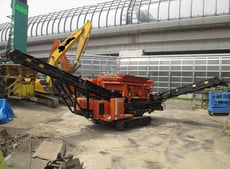
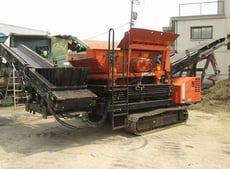
Mesh Type
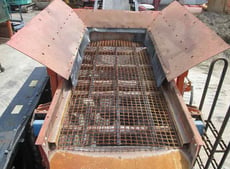
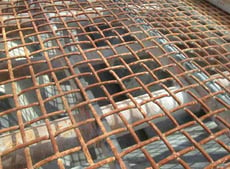
Mesh
The type that has steel bars that look like a sturdy bear's hand attached to the top of the mesh sieve deck is called a "grizzly type". Grizzly is sturdy, so after removing rocks and large stones, the input falls into the net below. They protect the net below with Grizzly.

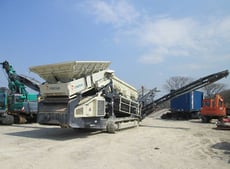
Grizzly type
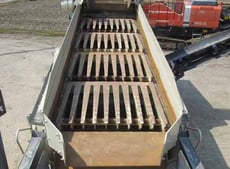
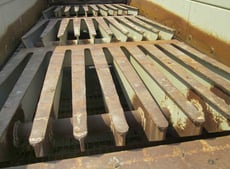
Grizzly
In "Finger type", iron rods shaped like fingers are side by side, and the surplus soil is put on top of them to sieve. It is called "finger" because it looks like a finger from its shape. The selection is carried out by the flow of the throw-in material on the comb-like fingers. This is a method with high sorting accuracy because the grain size to be sieved can be determined by the width of the comb gap.
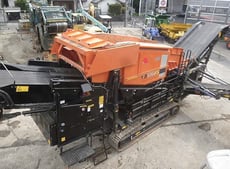
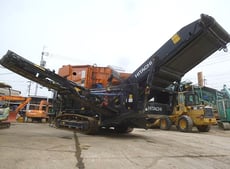
Finger type
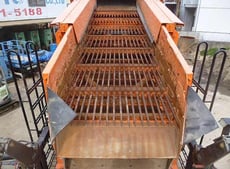
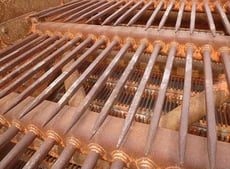
Finger
Like the vibration type, there are 3 types of "rotary mobile screen". "Trommel-type" is a screen that allows raw materials to be put into a cylindrical cage, rotated, and products to be sorted by mesh. At a glance, it looks like the shape of a drum-type washing machine. Compared to other mobile screens, it is characterized by less vibration and noise.
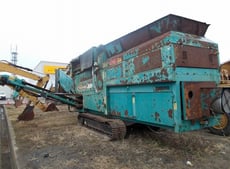
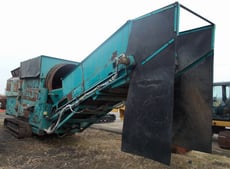
Trommel-type
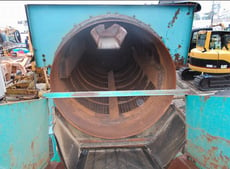
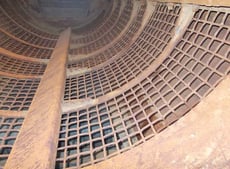
Trommel
A screen in which shafts are stabbed in multiple disks (disks), and they are skewered and arranged side by side is called "Disk type." You can select different sieving sizes by changing the rotation speed of the disk. The higher the rotation speed, the more fine the objects can be sorted. On the other hand, if you reduce the rotation speed, you can sort even discs as large as the disc gap. It can be said that the self-propelled screen of the disk type is a model with high sorting accuracy, but the material of the disk is not iron but hard rubber, so you need to be careful because if a hard thing such as a big stone enters, it may stop or break.
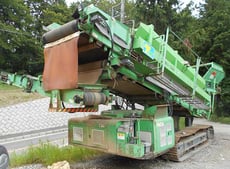

Disk type
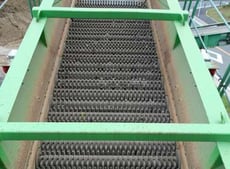
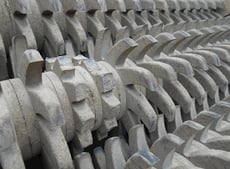
Disk
Another method is to grind the deck itself horizontally, which is called "Rotary Type". It is suitable for sorting wood chips. In the case of a vibration type where a force is applied in the vertical direction, even an overcoat material may slip through without being sorted. On the other hand, the rotary type is suitable for sorting wood chips because centrifugal force is applied by lateral rotation, and it is difficult to pass through even thin and long oversized wood. Because wood chips delivered to biomass power plants are size-sensitive, screening with a mobile rotary-type screen is suitable for extracting wood chips in elongated shapes.

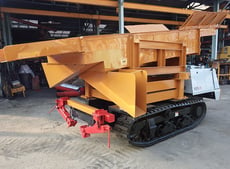
Rotary Type
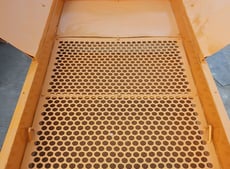
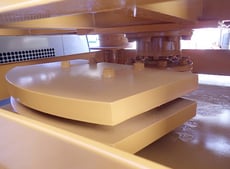
Rotary
Choose the type of mobile screen that fulfill your demand
The type of self-propelled screen to be installed is selected based on two factors: the input and the final product. For inputs with relatively large stones or rocks, the rugged grizzly type is suitable. In the case of the finger type, the suitable one depends on the strength of the finger. For example, when it comes to mixed waste sorting, relatively weak fingers are fine, but a large machine is suitable because the length of the deck is proportional to the processing capacity. If you select gravel or sand and want a 5 millimeter-under product, a mesh type self-propelled screen satisfies the condition. If you use it for separating garbage, a disc type or a trommel type is suitable. In particular, the disk-type self-propelled screen is a machine that has been proven at disaster recovery sites in recent years. If the raw material mixed with mud is added after drying, considerable effect can be expected.The rotary type screen is best for selecting wood chips.
Japanese manufacturers manufacture and sell 4 types of self-propelled screens: "grizzly type", "Finger type", "Mesh Type", and "Rotary Type". The main manufacturers are Komatsu Hitachi and Morooka. At present, most of the disc types are imported and sold by trading companies, and most of the Trommel types are imported and sold by Japanese manufacturers.
If you use "Disk Type" or "trommel-type" that are not manufactured in Japan, you need to use an overseas manufacturer. Overseas manufacturers include Sandvik (SANDVIK), PowerScreen (POWERSCREEN), Finlay (Finlay), Terex (TEREX), and Macroski (McCloskey). It would be good to find out about the manufacturers whose exclusive distributors such as Ryoki and Ryokusan are firmly established.
Although the functions and characteristics of the same type of construction machine often differ from manufacturer to manufacturer, there are no noticeable differences in the characteristics of mobile screens among manufacturers.
If I’m forced to say, the point of durability is different between Japanese and non-Japanese manufacturers. Since the screen is a construction machine like a lump of vibration, the body which is always exposed to vibration will crack when the operation time is extended. Manufacturers use a variety of measures to improve durability.
German machines have relatively high durability because they are made of thick materials with high vibration resistance due to the progress of the metal material industry.
Many screens are made in Northern Ireland, but some of them are delicate, so you may need to check them.
The foreign-made cylinder plated rod looks unsuitable for the high humidity climate, and the rod which is operated with hydraulic pressure only at the time of deadhead may cause trouble if you neglect maintenance.

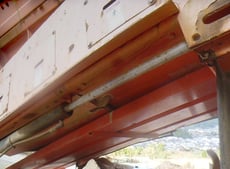
Rust on Non-Japanese rods Rust on Japanese rods
When introducing a used mobile screen, it is necessary to check whether there are cracks on the welded surface of the vibrating deck and the components supporting the deck.
Unlike mobile soil-recycling and wood grinders, many non-Japan manufacturers produce self-propelled screens, and all countries use self-propelled screens made by their own manufacturers. They are used for chip production, waste treatment, and forest maintenance. In terms of the characteristics of each country, in Southeast Asia, such as Thailand, where there are wooden buildings mainly, demolition of houses and crushing of waste materials were the main applications. In Taiwan, where typhoons frequently strike, these materials are used to dispose of disaster waste. There are exceptions, however, such as Khabarovsk and Sakhalin, where many of the screens exported from Japan are self-propelled. There are many self-propelled screen manufacturers in Europe, but they are distant from the Russian Far East and need to be transported by land. But it is easier to import from Japan because it can be transported from Japan by sea. The self-propelled screen of Komatsu Construction Machinery is especially popular.
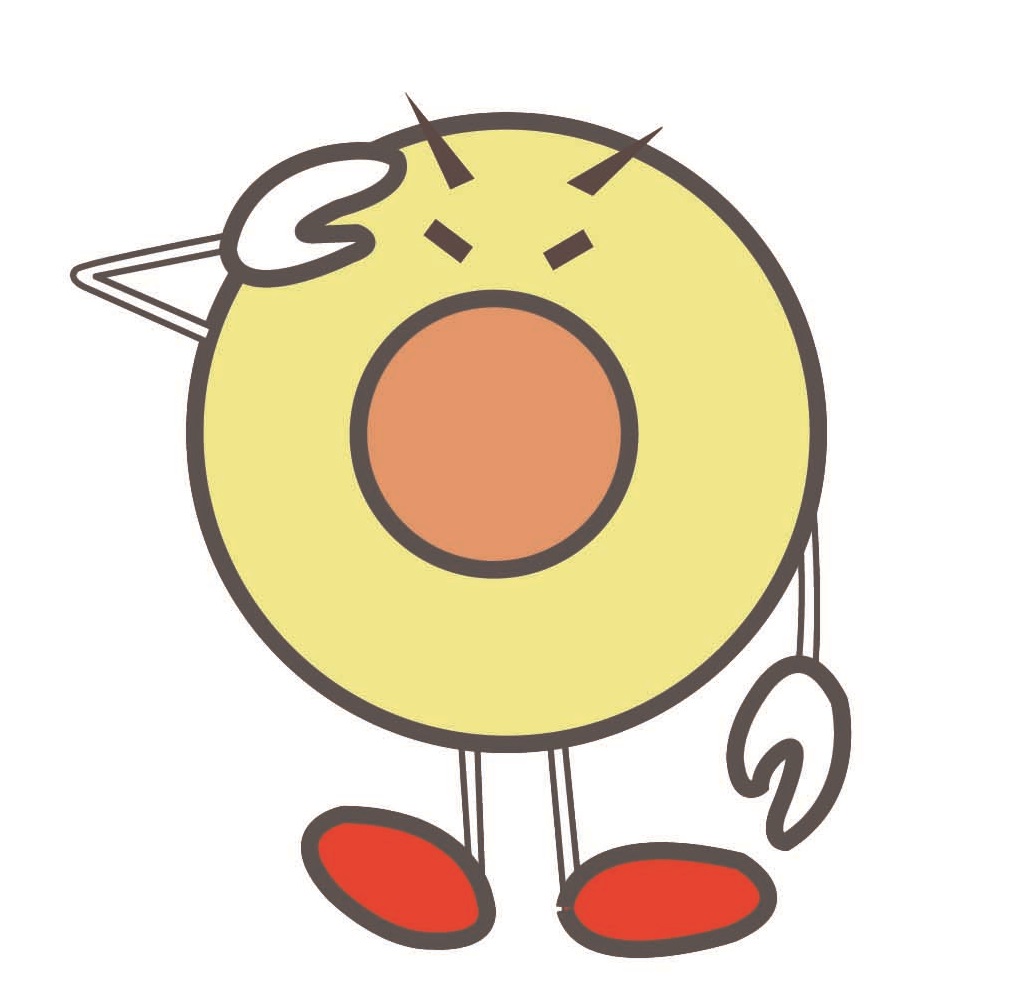
MARUMORI-KUN